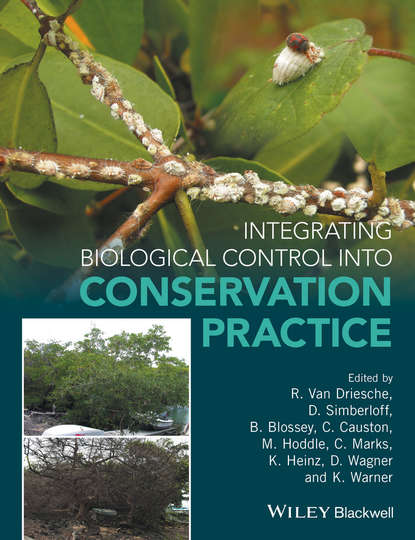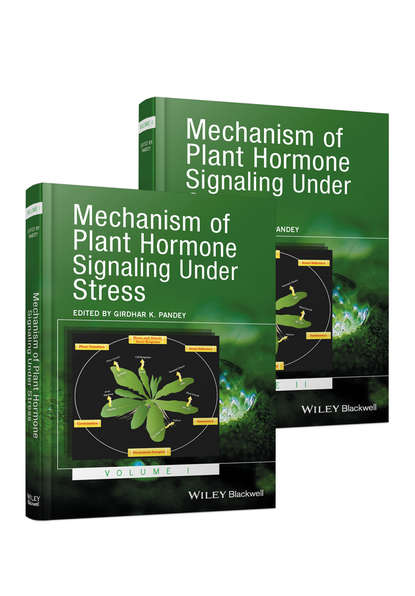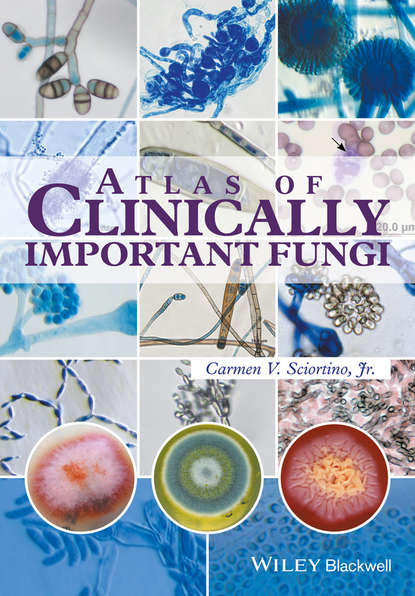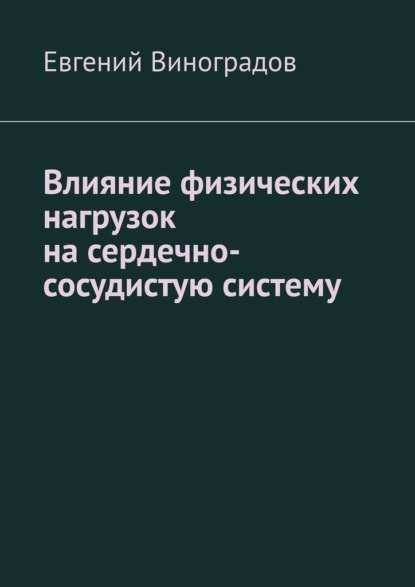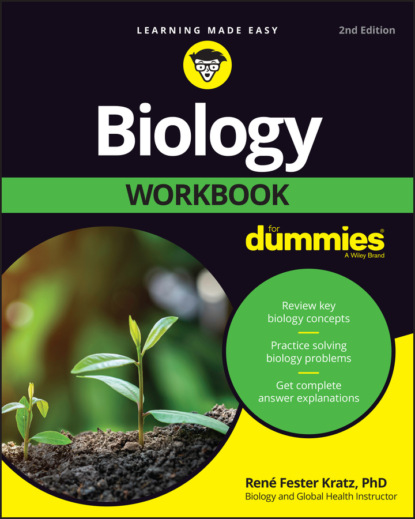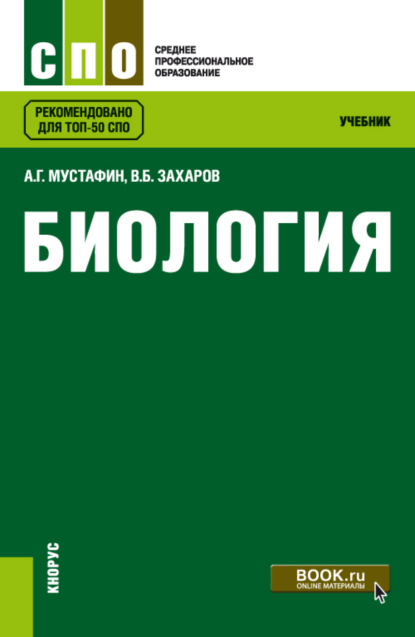Книга "Integrating Biological Control into Conservation Practice" рассказывает о том, как инвазивные виды оказывают критическое и все возрастающее воздействие на природные территории, изменяя, разрушая или ухудшая экосистемы и снижая биоразнообразие. Авторы книги предлагают масштабные решения, чтобы решить эти проблемы. Одним из подходов является биологический контроль: целенаправленный импорт и установление специальных естественных врагов, которые могут бороться с проблемами инвазивных видов и которые следует рассматривать как возможный компонент восстановления экосистем. Биологический контроль может быть эффективным инструментом против многих инвазивных насекомых и растений, но его редко успешно используют против других групп. Безопасность является главным вопросом и требует, чтобы используемые естественные враги были специализированными, а целевые вредители являлись двигателями экологического ухудшения. Книга идентифицирует баланс между этими факторами, чтобы показать, как биологический контроль может быть интегрирован в восстановление экосистем, которое практикуют консервационные биологи. Книга содержит главы о соответствии инструментов целям управления; инструменты в действии; измерении и оценке экологических результатов введения биологического контроля; управление конфликтами вокруг биологического контроля; и включает кейс-стади, а также этическую основу для интеграции биологического контроля и практики консервации. Книга "Integrating Biological Control into Conservation Practice" подходит для выпускных курсов по управлению инвазивными видами и биологическому контролю, а также для научных исследователей в правительственных и некоммерческих организациях по сохранению природы.
Invasive species currently have a devastating impact on natural ecosystems, modifying, degrading or destroying wild area structure and functionality, and reducing biodiversity. Given their role in natural areas, landscape-scale responses are becoming vital for tackling this ongoing issue. Conservation biologist work towards addressing detrimental impacts through a range of measures, with biological control being a valuable option.
Biological control involves the intentional introduction and establishment of specific natural enemies that can help combat invasive species, thus displaying promise as part of ecosystem recovery strategies. It can be a highly effective tool for controlling insect pests and plant invaders, but is yet to receive widespread adoption when considering other pest groups. Ensuring safety, targeting of pests that have caused environmental damage, and ensuring the compatibility of the introduced species are crucial elements to the utilisation of this approach. Modern research efforts allow for more secure introduction, but potential risks remain, albeit in comparison to other biodiversity approaches they may seem lower. Moreover, these risks should be assessed in terms of their utility for mitigating invasive species – any method that aims to reduce pest impact is beneficial.
This book demonstrates the interplay of these critical factors as it illustrates how biological control methods can be incorporated into conservation efforts implemented by conservation biologist. The book's chapters cover selecting effective tools for desired management outcomes, applying these tools in step, assessing and evaluating the ecological ramifications of biological control applications, managing conflicts over biological control, and studying example cases together with developing an ethical guide to incorporating biological control within conservation practices.
Suitable for conservation and invasive species management students, as well non-governmental and government organizations working in this field, this book is an important resource for conservation professionals wanting to further understand the roles biological control plays in conservation and aids them in integrating those principles into practice.
Problem of alien species acquiring importance and revolutionary impact on natural habitats due to change of their structure and functions occurs increasingly frequently. It threatens diversity of wild nature and brings about its degradation and destruction. Landscape techniques are necessary to combat with such problems. Fundamentalists of nature preservation try to guard against such damages and recoup biodiversity using various approaches. At the same time one of them applies biological method which designates the selection and implementation of natural enemies peculiar to solving particular alien species problems. This book provides information about integration of biological control in natural reserve management techniques.
Электронная Книга «Integrating Biological Control into Conservation Practice» написана автором Группа авторов в году.
Минимальный возраст читателя: 0
Язык: Английский
ISBN: 9781118392577
Описание книги от Группа авторов
Invasive species have a critical and growing effect upon natural areas. They can modify, degrade, or destroy wildland ecosystem structure and function, and reduce native biodiversity. Landscape-level solutions are needed to address these problems. Conservation biologists seek to limit such damage and restore ecosystems using a variety of approaches. One such approach is biological control: the deliberate importation and establishment of specialized natural enemies, which can address invasive species problems and which should be considered as a possible component of restoration. Biological control can be an effective tool against many invasive insects and plants but it has rarely been successfully employed against other groups. Safety is of paramount concern and requires that the natural enemies used be specialized and that targeted pests be drivers of ecological degradation. While modern approaches allow species to be selected with a high level of security, some risks do remain. However, as in all species introductions, these should be viewed in the context of the risk of failing to reduce the impact of the invasive species. This unique book identifies the balance among these factors to show how biological control can be integrated into ecosystem restoration as practiced by conservation biologists. Jointly developed by conservation biologists and biological control scientists, it contains chapters on matching tools to management goals; tools in action; measuring and evaluating ecological outcomes of biological control introductions; managing conflict over biological control; and includes case studies as well as an ethical framework for integrating biological control and conservation practice. Integrating Biological Control into Conservation Practice is suitable for graduate courses in invasive species management and biological control, as well as for research scientists in government and non-profit conservation organizations.
